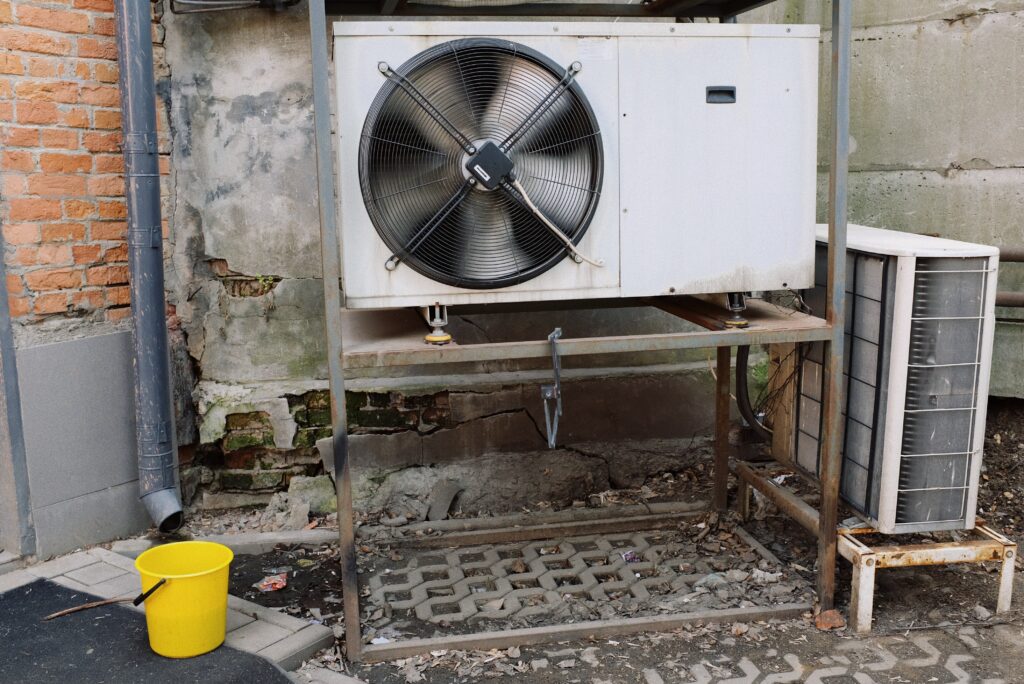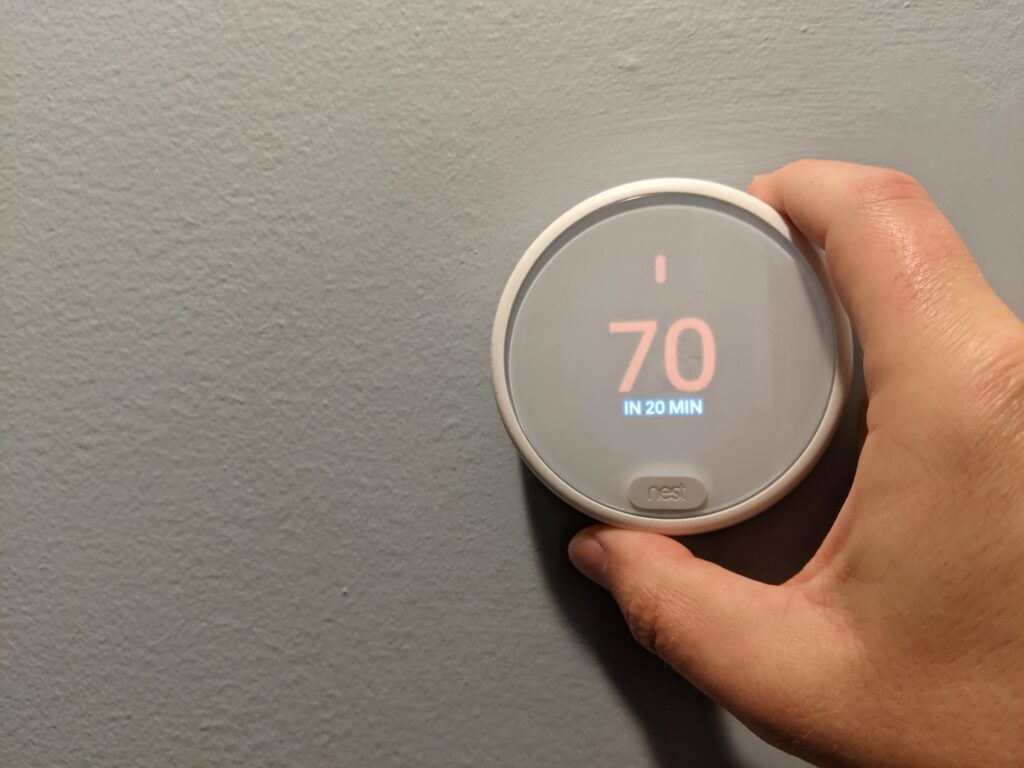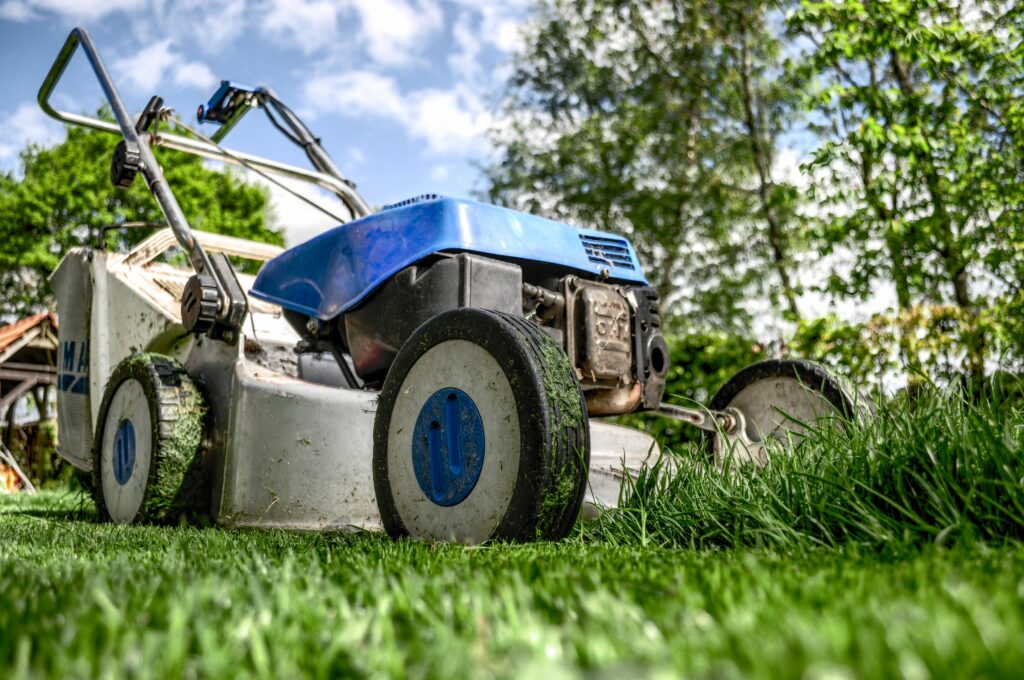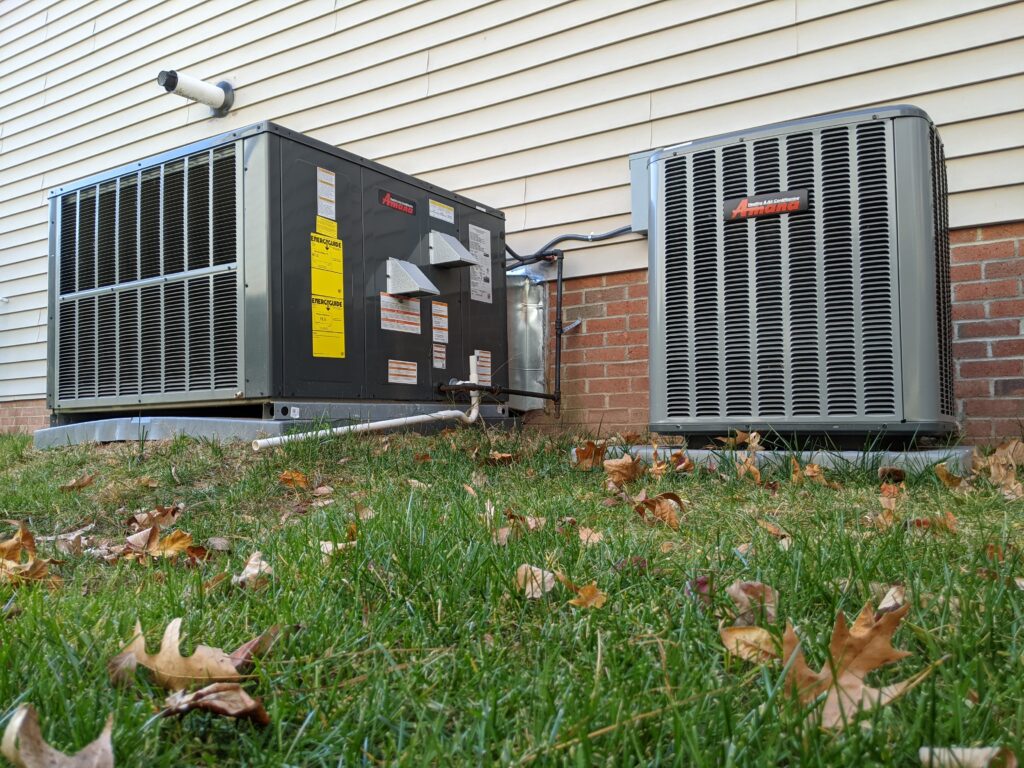It’s that time of year – when weeds
have sprouted in small patches around your lawn. Crabgrass, Dandelion, and
Clover are the primary culprits here in the Triangle of North Carolina. But
there are plenty others to foil your hard-fought green lawn. It’s time to reach
for the weed killer.
There are lots of different products
to choose from. I personally use a granular pre-emergent, specific liquid
post-emergent, and broad-spectrum spray bottle (for my driveway and sidewalk).
Not quite sure what all that meant,
or why I’d use three different types of weed killer? Here’s our quick guide to
decipher the various types of weed killer and find what works for you.
Herbicides in General
First of all, when we talk about
plant killers of any kind, they’re called herbicides. Weed killers of all kinds
are toxic to plants (that’s why we use them, right?), and can be toxic to
humans and pets, too. With any of these, be sure to wear gloves, eye
protection, and wash your hands after using them. Heck, after yard work, I usually
need a shower anyway.
Make sure to keep children and pets
off any areas where you’ve applied herbicide for several hours. Manufacturers
will usually state on the herbicide how long until it’s safe.
What is a Weed?
So what actually defines a weed? Surprisingly,
it’s personal preference. The term “weed” simply means a plant
growing where you don’t want it to grow – and usually competing with something
you do want to grow. For lawn care, this usually means a plant other than the
type of grass you’ve planted.
For instance, my lawn is fescue. If
I see clover growing in my lawn, I consider it a weed. It’s unwanted.
A friend of mine, on the other hand,
prefers having clover in his lawn because it generally stays short and he
doesn’t care about having lawn curb appeal (he’s also going to build a garden
in his front lawn, but that’s a different story). He doesn’t consider clover a
weed because he wants it to grow there.
With the definition out of the way,
let’s figure out how to deal with them.
Types of Herbicide
There are two primary categories of
weed killer: specific and broad-spectrum.
Specific Herbicides are designed to
target only certain types of plants. Since we’re talking about your lawn, this
typically includes “broad leaf” plants like crabgrass, dandelions,
and clover. Manufacturers claim they don’t hurt your grass since they’re
designed to kill other types of plants. These are typically applied to your
full lawn since there’s a lower chance it’ll ruin everything. Make sure to read
the directions, too much of any herbicide – even a specific one – can damage
your lawn.
Broad-Spectrum Herbicide, by
contrast, is designed to kill all plants it contacts. If you apply this to your
full lawn, you’ll end up with a dead, brown yard until you’re able to seed it for
the season. These are best applied to specific areas: gardens, driveways (those
little weeds growing through cracks in your curb), and around fencing.
I have seen new home owners use
broad spectrum weed killer on their lawn to “reset” it. It’s certainly
a drastic option. If your lawn is overgrown with too many different types of
weeds and plants, it might be worth considering.
Pre- vs. Post-Emergent
These two labels have to do with the
timing of your weed killer. In other words, when you should use it.
Pre-emergent is a preventative. If
you see weeds growing in your lawn or garden, it’s too late. Pre-emergent works
best in early Spring while the weeds are still seeds. Your lawn is typically
robust enough to handle pre-emergent herbicides, though you’ll want to hold off
on seeding until a few weeks after you apply any pre-emergent.
Post-emergent is what most people
think of as a weed killer. It’s designed to be used when you see weeds pop up
in your lawn. A better way of putting it is: after the weeds have emerged from
the ground.
Liquid vs. Granular
The last definition we’ll deal with
is what form does your weed killer take?
Liquid herbicides come in several
varieties: concentrates, hose attachments, or spray bottles. Regardless of the
delivery method, they’re all liquids and work by coating the leaves of plants.
The plant will absorb the toxin, which eventually kills the weed. Liquid
herbicides could be a pre- or post-emergent.
Granular herbicides look a lot like
fertilizer (don’t get them mixed up!), and work in a similar fashion. You
spread the sand-like weed killer across an area, then water (or wait for rain).
When it comes in contact with water, it will melt and dissolve into the ground,
where it goes to work on your weeds. Granular herbicides are more difficult to
keep to a certain area, so you’ll typically see granular as a pre-emergent weed
killer.
When to Apply
I mentioned earlier, pre-emergents
work best in the early Spring. That’s when the ground is still cooler than 55
degrees. That temperature is when seeds will take hold for most weed types. Use
pre-emergents just as the weather is about to break from Winter to Spring. One
dose should prepare your lawn to look its best in the coming season.
I apply post-emergents as necessary
(but only a few times) throughout the Spring, Summer, and Fall. I make sure to
keep them specific to an area, and avoid hitting the grass that I want to keep
green. This is where specific herbicides come into play. If I hit some of my
lawn, it’s not an issue since the herbicide is designed to kill the weeds. That
said, too much of any herbicide isn’t good for your grass – use as directed and
don’t overdo it.
Lastly, the “fertilizer + weed killer” combo is generally a myth. While it seems convenient at first glance, it’s difficult to determine the ratio of fertilizer-to-herbicide they’re using. It’s also likely that your timing for fertilizing isn’t the same as the best opportunity to use weed killer. And finally, since manufacturers of the combination stuff are trying to market to a wide audience, you have less control over what kind of fertilizer you’re adding to your lawn. My best practice here is a little extra effort can go a long way.
One Tool in Lawn Care
As you head out to your local home improvement store to determine the best herbicide for your lawn, keep in mind this is only one tool in your lawn care arsenal. Weed killers are designed to help your lawn look its best. But it can’t do it alone. Add this to your regular lawn care routine of mowing, watering, and fertilizing, and you’ll be in great shape for a green Summer.







Leave a Reply